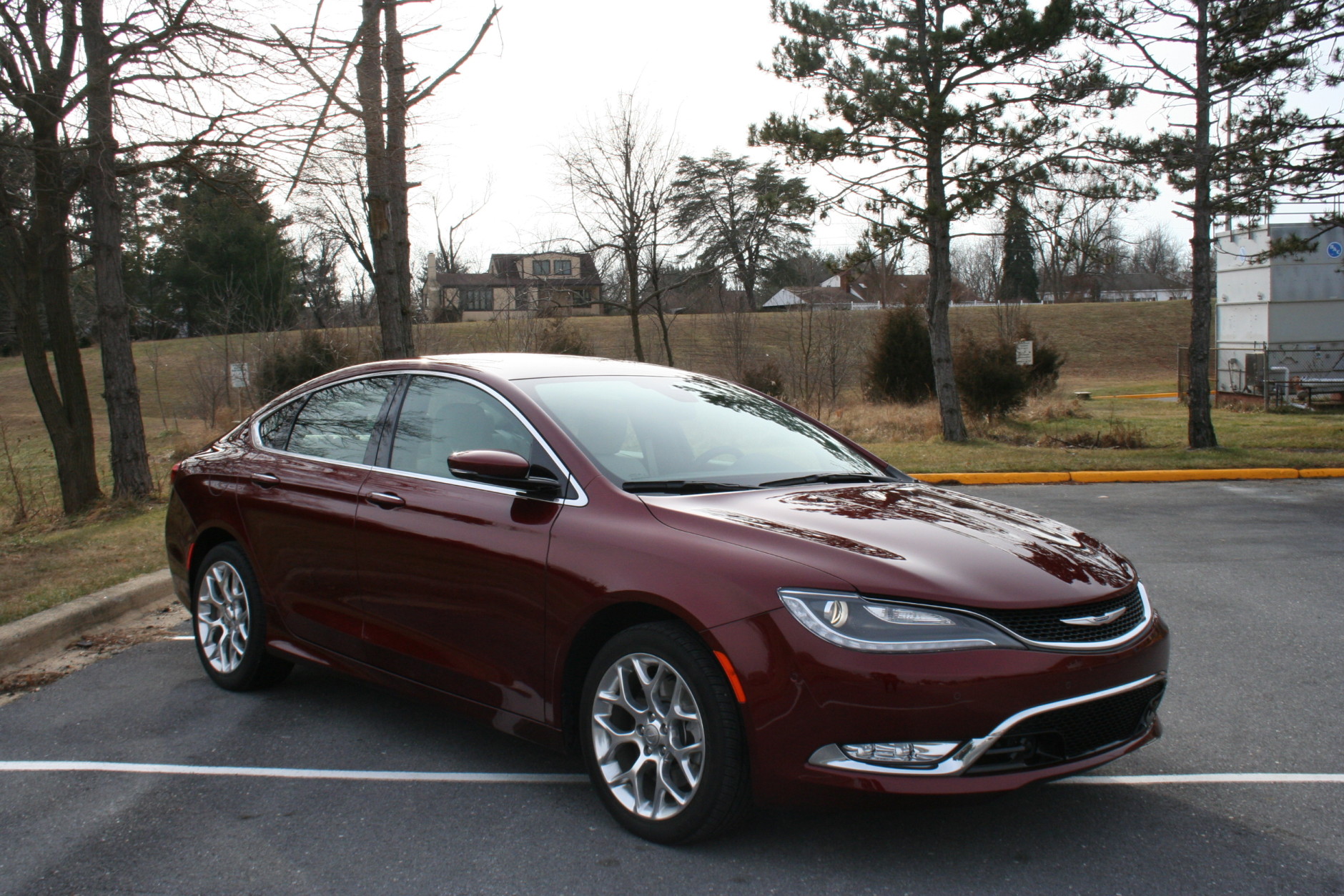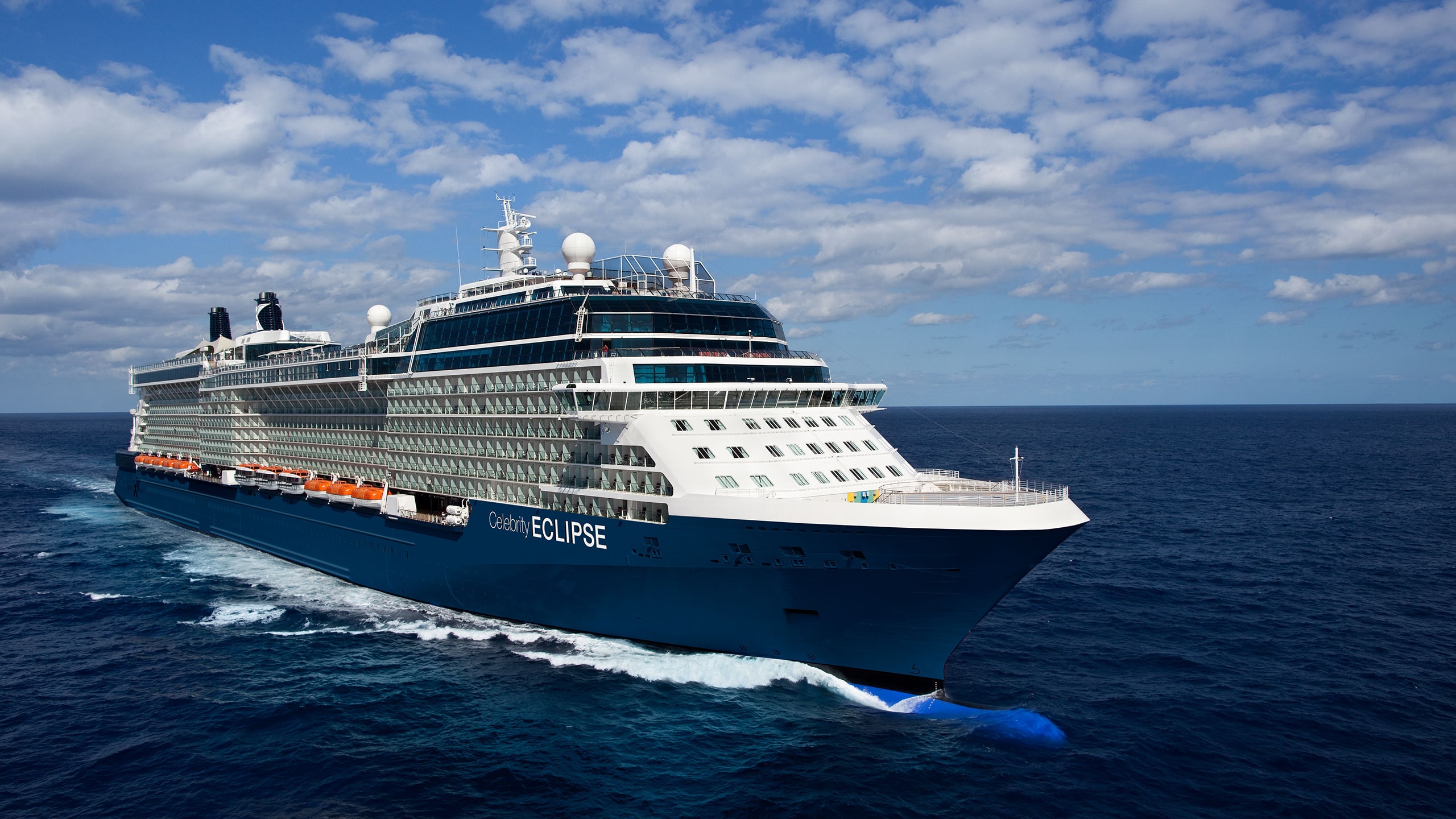
In the annals of celebrity culture, few symbols resonate with as much enduring allure and unadulterated prestige as the limousine. For decades, these magnificent vehicles have served as more than mere transportation; they are mobile stages, sanctuaries, and declarations of status, deeply intertwined with the narratives of the famous and powerful. As the very fabric of celebrity life, limousines offered an unparalleled blend of style, security, and an unmistakable statement of arrival.
The 1990s, in particular, stood as a golden era for the limousine’s reign. Before the turn of the millennium, when blacked-out SUVs and sprinter vans began to supplant their elongated predecessors, rattling around in a limo was unequivocally “the absolute apex of celebrity.” It was a time when A-listers, cultural icons, and figures of influence embraced the stretch limousine not just for special occasions, but often as their primary, day-to-day mode of travel, solidifying its place in the grand spectacle of fame.
This in-depth exploration journeys back to that pivotal decade, uncovering the stories of individuals and archetypes who epitomized the limousine lifestyle. We delve into how these celebrated figures leveraged the comfort, privacy, and undeniable glamour of these vehicles, transforming them into indispensable extensions of their public personas and private worlds. Join us as we shine a light on the iconic personalities who, through their extensive use, defined what it meant to travel in the lap of luxury during the illustrious 90s.
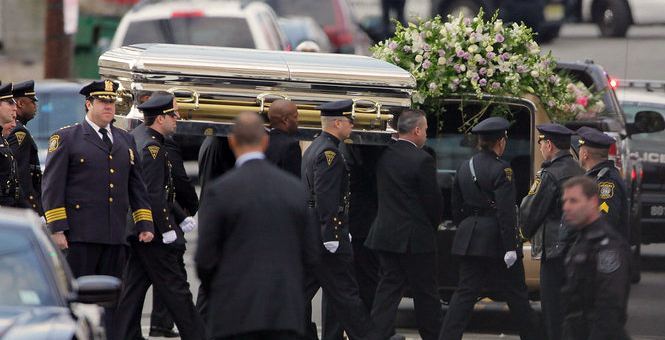
1. Whitney Houston: The Music Icon’s Daily Drive
The late actor and singer, Whitney Houston, stands as a prime example of a music icon whose life in the 90s was profoundly intertwined with the extensive use of limousines. Her choice of a 1986 Rolls Royce Silver Spur was far from a mere trophy piece; it was a functioning, integral part of her demanding daily routine, a testament to her need for both luxury and practicality amidst a soaring career.
This particular Rolls Royce was famously outfitted with features that, while perhaps seeming quaint by today’s standards, represented the pinnacle of in-car entertainment and comfort for its time. It boasted a “truly old-school TV and VCR” – a personal media hub allowing her to review performances, relax with entertainment, or simply decompress between engagements. Coupled with a “bar with crystal glasses,” it transformed into a mobile oasis, offering a slice of tranquility away from the relentless spotlight.
Indeed, the context explicitly notes that this vehicle was “used extensively for her daily activities over a number of years.” Given the 1986 model year and her tragic passing in 2012, her prime years of extensive use would comfortably span the entire 1990s. For a superstar of Houston’s caliber, the limousine was a mobile dressing room, an office, and a sanctuary, ensuring she maintained her iconic image while navigating the demanding schedule of a global music phenomenon.
Now, this significant piece of automotive history resides “on display at the AACA Museum in Hershey, Pennsylvania.” Its preservation serves as a tangible link to a bygone era of celebrity travel, a physical embodiment of how deeply integrated limousines were into the lives of stars like Whitney Houston, not just for grand entrances but for the very fabric of their existence.
Car Model Information: 2019 Volkswagen Atlas 3.6L SE
Caption: Silver Spur
Name: Rolls-Royce Silver Spirit
Manufacturer: Rolls-Royce Motors
Aka: Silver Spur,Flying Spur,Silver Dawn
Production: 1980–1997 (Silver Spirit),1980–2000 (Silver Spur)
Predecessor: Rolls-Royce Silver Shadow,Rolls-Royce Silver Wraith II
Successor: Rolls-Royce Silver Seraph
Related: Bentley Eight,Bentley Mulsanne (1980–1992)
Class: Full-size,luxury car
BodyStyle: sedan (car)
Designer: Fritz Feller (1974)
Assembly: Crewe, Cheshire,England
Layout: FR layout
Categories: 1980s cars, 1990s cars, All Wikipedia articles written in British English, All articles with unsourced statements, Articles with short description
Summary: The Rolls-Royce Silver Spirit is a full-size luxury car produced by Rolls-Royce Motors, in Crewe, England, from 1980 to 1997. It was the first model in the SZ series. The Silver Spur is a long-wheelbase version of the Silver Spirit, produced from 1980 to 2000. It was the first car to feature a retractable Spirit of Ecstasy: the spring-loaded mascot sank into the radiator shell if dislodged from its position.
Get more information about: Rolls-Royce Silver Spirit
Buying a high-performing used car >>>
Brand: Rolls Royce Model: Silver Spur
Price: $15,988 Mileage: 72,895 mi.

2. Rachel Marron from *The Bodyguard*: Hollywood’s Glamorous Shield
The 1992 cinematic masterpiece, *The Bodyguard*, offers a compelling fictional portrayal of a Hollywood A-lister’s reliance on a limousine as a primary vehicle in the 90s. Rachel Marron, the superstar singer played by Whitney Houston herself, is almost invariably seen traveling in a “Lincoln Town Car stretch limousine,” which becomes far more than just transport; it symbolizes her immense fame and, paradoxically, her profound isolation.
This elegant vehicle is a constant presence, underscoring Marron’s intense need for “constant protection” from an adoring yet potentially dangerous public. Its tinted windows and spacious interior offered a crucial layer of privacy and security, transforming a simple car into a fortified bubble. For a celebrity constantly under scrutiny, the limousine served as a movable fortress, a personal space where she could momentarily escape the pressures of stardom.
The sophisticated design of the Lincoln Town Car stretch, with its inherent glamour, creates a striking “contrast with the tension surrounding her security,” thereby “enhancing the dramatic tone of the film.” This cinematic depiction perfectly captures the dual nature of celebrity in the 90s: the aspirational luxury and the ever-present threat that necessitated such elaborate precautions. The limo embodies both the allure and the burden of fame.
Ultimately, the limousine in *The Bodyguard* transcends its functional role, evolving into a character in its own right. It becomes “a safe space yet a reminder of the pressures that come with stardom,” vividly illustrating how central these vehicles were to the narrative of high-profile individuals in the 1990s, defining their very existence in the public eye.
Car Model Information: 2019 Volkswagen Atlas 3.6L SE
Name: Lincoln Town Car
Manufacturer: Lincoln Motor Company
Production: 1980–2011
ModelYears: 1981–2011
Class: Full-size,luxury car
Platform: Ford Panther platform
Related: Mercury Grand Marquis,Ford Crown Victoria,Ford LTD Crown Victoria
Layout: Front-engine, rear-wheel drive layout
Predecessor: Lincoln Continental#Sixth generation (1980)
Successor: Lincoln MKT
Categories: 1990s cars, 2000s cars, 2010s cars, All articles with dead external links, Articles with dead external links from March 2025
Summary: The Lincoln Town Car was a model line of full-size luxury sedans that was marketed by the Lincoln division of the American automaker Ford Motor Company. Deriving its name from a limousine body style, Lincoln marketed the Town Car from 1981 to 2011, with the nameplate previously serving as the flagship trim of the Lincoln Continental. Produced across three generations for thirty model years, the Town Car was marketed directly against luxury sedans from Cadillac and Chrysler.
Marketed nearly exclusively as a four-door sedan (a two-door sedan was offered for 1981 only), many examples of the Town Car were used for fleet and livery (limousine) service. From 1983 to its 2011 discontinuation, the Town Car was the longest car produced by Ford worldwide, becoming the longest mass-production car sold in North America from 1997 to 2011. While not a direct successor of the Town Car, the Lincoln MKS would become the longest American sedan until 2016 (overtaken by the Cadillac CT6).
From 1980 until 2007, the Lincoln Town Car was assembled in Wixom, Michigan, (Wixom Assembly) alongside the Lincoln Continental, LS, and Mark VI, VII, and VIII. After Wixom’s closure, Town Car production moved to Southwold, Ontario, (St. Thomas Assembly) alongside the similar Ford Crown Victoria and the Mercury Grand Marquis. The final Lincoln Town Car was produced on August 29, 2011.
Within the Lincoln model line, the Town Car was not directly replaced; the nameplate was used from 2012 to 2019 to denote livery/limousine/hearse variants of the Lincoln MKT. For 2017, the revived Continental replaced the MKS, closely matching the Town Car in wheelbase and width.
Get more information about: Lincoln Town Car
Buying a high-performing used car >>>
Brand: Lincoln Model: Town Car
Price: $15,988 Mileage: 72,895 mi.
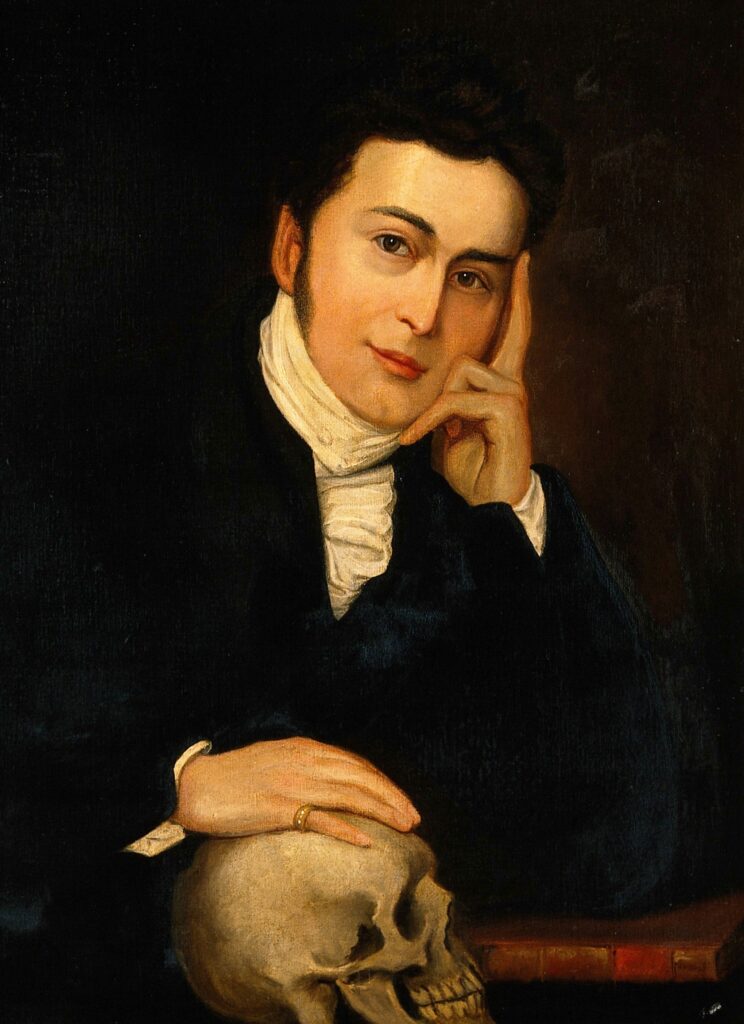
3. Henry Hill and Associates from *Goodfellas*: The Mob’s Rolling Status Symbol
The 1990 film *Goodfellas* provides a stark yet equally glamorous illustration of limousine use in the early part of the decade, albeit from a different, illicit segment of society. The “Cadillac Fleetwood limo” featured prominently in the movie isn’t just a vehicle; it’s “a symbol of the mob’s wealth and power,” demonstrating how limousines transcended traditional celebrity to signify influence in various spheres.
Its “classic, elegant design” perfectly mirrors “the glamorous yet dangerous world of organized crime.” For Henry Hill and his associates, the limousine was a rolling declaration of their achieved status and impunity. It provided a mobile office, a private meeting space, and a conspicuous display of their illicit success, making it a primary mode of transport for their daily operations and social appearances.
The Cadillac represented “the allure of success that comes with a life of crime, despite the eventual consequences.” As the characters are chauffeured through the city, the limo becomes “a visual metaphor for the high life,” showcasing the opulent facade behind which their perilous activities unfolded. This constant presence underscored its role as an indispensable tool for projecting power and maintaining their image.
Within the narrative, the limousine’s grandeur is skillfully “juxtaposed with the film’s underlying tension of impending downfall,” highlighting the transient nature of their extravagant lifestyle. This cinematic example underscores how, in the 90s, the limousine was universally understood as the vehicle of choice for those at the apex of their respective domains, whether legitimate or otherwise, demanding respect and conveying an undeniable aura of authority.
Car Model Information: 1995 Cadillac Fleetwood Standard
Name: Cadillac Fleetwood
Caption: 1994 Cadillac Fleetwood
Manufacturer: General Motors
Production: 1976–1996
ModelYears: 1977–1996
Class: Full-size,luxury car
Layout: Front-engine, front-wheel-drive layout
Successor: Cadillac CT6
Categories: 1940s cars, 1950s cars, 1960s cars, 1970s cars, 1980s cars
Summary: The Cadillac Fleetwood is a full-size luxury sedan that was marketed by Cadillac from the 1977 through 1996 model years. Taking its nameplate from a coachbuilder historically associated with the General Motors division, the Cadillac Fleetwood became a stand-alone model line in 1985.
The first-generation Cadillac Fleetwood was introduced for 1985 as the division downsized its full-size C-body platform sedans to a front-wheel-drive layout. Slotted between the Sedan deVille and the Sixty Special, the Fleetwood also bridged the gap between the deVille and the D-body Fleetwood Brougham (Cadillac Brougham for 1987–1992). The second generation was introduced for 1993, replacing the Brougham as the D-body Cadillac sedan (the Fleetwood Brougham name became a trim option).
After the 1996 model year, Cadillac discontinued the Fleetwood line as GM ended production of full-size sedan lines in North America. General Motors consolidated Cadillac’s large sedan lines into the deVille series and later as the Cadillac DTS. Since 1996, the only longer-wheelbase sedans produced by the division have been the Cadillac CT6 and Cadillac Celestiq.
Get more information about: Cadillac Fleetwood
Buying a high-performing used car >>>
Brand: Cadillac Model: Fleetwood
Price: $12,996 Mileage: 22,167 mi.

4. Presidential Figures: Command and Protection on Wheels
For the world’s most influential leaders, the limousine has long been far more than a luxury; it is the epitome of power and protection, serving as their undisputed primary mode of transportation. While the iconic “Beast” is associated with later presidents, the concept of a custom-built, highly secure presidential limousine was firmly established and evolved significantly throughout the 1990s, underpinning the travel of figures such as George W. Bush.
“Presidents have a special relationship with limousines; these vehicles become the epitome of power and protection.” They are “custom-built to provide state-of-the-art security and communication features, ensuring the safety of the world’s most influential leaders.” This fundamental need made the presidential limousine an indispensable asset, a rolling command center designed for the highest stakes.
Indeed, “George W. Bush was the first to ride in a specially built limo,” indicating a significant upgrade in presidential vehicle design that would have been conceived and implemented around the turn of the millennium, directly influenced by the security needs of the preceding decade. These vehicles were robust, designed to withstand attacks, and equipped with advanced technologies, reflecting a constant evolution in protective transport for heads of state.
From the 90s onward, these limousines embodied “their significance and prestige,” serving as a potent symbol of American strength and resilience on the global stage. For the President, this specialized limousine was not merely a convenience but a critical operational tool, facilitating safe and secure travel for all official duties, truly making it their primary vehicle.

5. Hollywood’s Leading Stars: The Red Carpet’s Ultimate Accessory
The 1990s marked a vibrant chapter in Hollywood’s enduring “love affair with limousines,” a period when these elegant vehicles were practically synonymous with celebrity status. For leading stars of the silver screen, the limousine wasn’t just a preferred mode of transport; it was an essential part of their professional ensemble, an indispensable element for navigating the high-stakes world of Tinseltown.
“Countless movie stars have chosen limousines to make grand entrances at red-carpet events, premieres, and award ceremonies.” This practice was particularly pronounced throughout the 90s, where arriving in a sleek, chauffeured stretch limousine was the definitive way to command attention. It provided the perfect theatrical backdrop for their highly anticipated unveiling before a sea of paparazzi and adoring fans.
The seamless blend of “glamour and extravagance” that limousines offered was perfectly aligned with the aesthetic of 90s Hollywood. These vehicles provided a personal bubble of luxury, allowing stars to prepare mentally and physically for the flashing lights and demanding interviews that awaited them. It was a mobile sanctuary where they could compose themselves, touch up their appearance, and enjoy a moment of calm before facing the public spectacle.
The visual impact of an iconic figure stepping out of an elegant limousine resonated deeply with the public imagination, further solidifying the allure of these vehicles in the entertainment industry. This pervasive image made the limousine not just an accessory, but a primary vehicle for any star wishing to uphold their glamorous and aspirational image.

6. Music Industry Icons: Touring in Unparalleled Luxury
Just as Hollywood’s luminaries embraced limousines, music industry icons throughout the 1990s relied heavily on these luxurious vehicles, often as their primary means of transport for a demanding lifestyle. Beyond the red carpet, for artists touring the globe or making high-profile appearances, the limousine offered an indispensable blend of comfort, privacy, and an undeniable statement of success that matched their soaring careers.
For figures like Whitney Houston, and by extension, other top-tier musicians of the era, the limousine was a mobile command center. It served as a vital space for relaxation and preparation, essential for maintaining peak performance amidst grueling schedules. The ability to unwind, review setlists, or simply gather thoughts in a private, serene environment was invaluable, transforming transit time into productive personal time.
These vehicles became synonymous with the “extravagant style” of music legends, ensuring they could “make an entrance” with every arrival. Whether pulling up to a concert venue, a recording studio, or a major industry event, the limousine underscored their superstar status, setting a tone of opulence and exclusivity that fans and media alike recognized and admired.
Moreover, the security and discretion afforded by a professional limo service were paramount. With tinted windows and professional chauffeurs, music icons could navigate public spaces with a degree of privacy often denied to them. This made the limousine a practical and luxurious choice, firmly establishing it as the primary vehicle for those at the pinnacle of the music world during the 90s, where both image and comfort were non-negotiable.
Read more about: Beyond the Giveaways: Oprah Winfrey’s Jaw-Dropping Car Collection, From Vintage Gems to Modern Marvels!
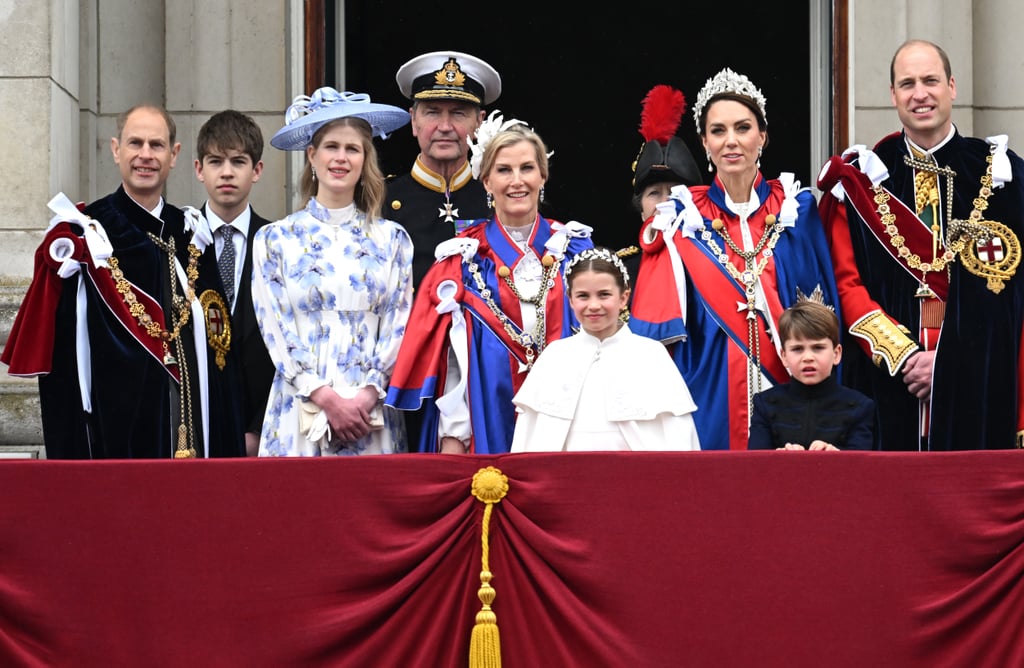
7. Royal Figures: Regal Transport Across Continents
The allure of the limousine extended beyond the glitter of Hollywood and the clamor of the music industry, reaching even the most traditional bastions of prestige: royal families worldwide. Throughout the 1990s, members of royalty frequently embraced the stately charm of limousines, finding them perfectly suited for their unique blend of official duties and personal comfort. These vehicles were selected not merely for their opulence but for their inherent ability to convey an air of regal appeal and enduring tradition, making them a consistent feature in the lives of kings, queens, and princes.
Indeed, for royalty, the limousine was more than a mere conveyance; it was a mobile throne, an essential component of their public persona. Whether attending state functions, carrying out ceremonial duties, or embarking on international tours, limousines chauffeured these figures on ‘numerous occasions,’ consistently making ‘a striking impression wherever they go.’ This seamless integration into royal protocol underscored the vehicle’s capacity to communicate authority, dignity, and unwavering presence, which was as vital in the 90s as in previous decades.
While the context highlights presidential limousines as the ‘epitome of power and protection,’ a similar ethos applied to the vehicles chosen by royalty. These were often custom-built, ensuring the highest standards of security and comfort necessary for safeguarding figures of immense national and international significance. Such specialized vehicles were not simply luxury items; they were indispensable operational assets, facilitating safe and dignified travel for extensive royal engagements and maintaining a consistent level of protection as their primary mode of transport.
Thus, for royal families, the limousine’s role in the 90s continued a long-standing tradition of opulent and secure travel. It solidified its place as a primary vehicle, reflecting their status and fulfilling their demanding travel schedules with unmatched elegance. The visible presence of these regal conveyances served as a powerful reminder of the enduring legacy and ceremonial importance of monarchies across the globe, firmly establishing the limousine as a cornerstone of their daily and official movements.

8. Corporate Titans: The Boardroom on Wheels
Beyond the realm of entertainment and state affairs, the corporate world in the 1990s witnessed its own set of influential figures who adopted limousines as their primary mode of transportation: the formidable CEOs and business tycoons. For these ‘corporate titans,’ limousines quickly became ‘synonymous with success and achievement,’ embodying the aspirations and tangible rewards of reaching the pinnacle of the business hierarchy. Their daily travel, often requiring a blend of efficiency, discretion, and a commanding presence, found its ideal solution in the sophisticated confines of a chauffeur-driven limousine.
These elongated vehicles provided more than just a comfortable ride; they transformed into ‘boardrooms on wheels,’ facilitating critical work even during transit. CEOs and tycoons frequently ‘opt for limousines to travel comfortably and in style, especially during high-profile events, business meetings, and luxury travel experiences.’ The privacy afforded by tinted windows and partition screens created an environment where confidential discussions could take place, documents reviewed, or vital preparations made, making every moment of travel productive and secure.
The aesthetic appeal of the limousine also played a significant role for these powerful figures. Its ‘sleek and professional appearance’ was recognized as one that ‘perfectly complements the image of these influential figures.’ In the competitive business landscape of the 90s, projecting an image of competence, gravitas, and success was paramount. Arriving in a pristine limousine made an undeniable statement, signaling an individual whose time was valuable and whose stature demanded the very best in transport, reinforcing their brand and influence.
Furthermore, the privacy and security inherent in a professional limousine service offered peace of mind to these high-stakes individuals. In an era before the pervasive digital age, the physical sanctuary of a limousine was invaluable for maintaining discretion and guarding against unwanted attention. This combination of comfort, productivity, visual representation, and security firmly cemented the limousine as the primary vehicle of choice for the corporate elite throughout the 1990s, an essential tool for navigating their demanding professional lives.

9. Sports Icons: Post-Victory Parade and Daily Travel
The 1990s also saw the rise of global sports legends, whose soaring fame and often colossal earnings propelled them into the same league of luxury travel as their counterparts in film and music. For these ‘famous athletes,’ limousines became an indispensable part of their lives, providing ‘luxury on and off the field.’ Whether it was the exhilarating celebrations of victory or the routine demands of their rigorous schedules, the limousine served as a primary and aspirational mode of transport for these larger-than-life figures.
One of the most memorable aspects of sports celebrity in the 90s was the spectacular display of post-victory celebrations. After ‘winning championships or prestigious awards,’ many sports stars would ‘celebrate their victories with extravagant limousine rides, celebrating their achievements in the lap of luxury.’ These public parades and glamorous entrances not only amplified their success but also ingrained the image of the limousine as the ultimate symbol of triumph and deserved indulgence, reinforcing its visibility and desirability.
Beyond these public spectacles, the daily lives of top athletes in the 90s were marked by intense training, frequent travel, and media obligations. The ‘relaxation and comfort they offer both on and off the field’ were crucial for maintaining peak physical and mental condition. The spacious, quiet interior of a limousine allowed athletes to decompress, mentally prepare for games, or simply rest between demanding commitments, transforming travel time into a private respite and making it a practical, primary choice.
Thus, for sports icons, the limousine seamlessly blended practical necessity with aspirational grandeur. It provided the privacy and security needed to navigate a demanding public life while simultaneously serving as a powerful visual cue of their status and success. During the 1990s, the limousine was not just a means to an end but an integral part of the narrative of athletic achievement, affirming its role as a primary vehicle for those who excelled in the world of sports.

10. The Conspicuous Consumption of the Era: Defining 90s Status
The 1990s was a distinct period for the limousine’s cultural significance, particularly in its role in ‘conspicuous consumption,’ a concept that illuminates why these vehicles were often the primary choice for those at the zenith of fame. During this decade, ‘rattling around in a limo was unequivocally ‘the absolute apex of celebrity,” a declaration that perfectly encapsulated the societal perception of wealth and status before the nuances of environmental consciousness and a desire for discretion began to take hold in later years.
In the 90s, the limousine was celebrated as a ‘glamorous symbol of wealth and status.’ It wasn’t about blending into the background; it was about making an emphatic statement of arrival and success. For celebrities, this meant leveraging the inherent showmanship of the limousine to ensure they were noticed, an act that contributed to ‘setting trends’ and making a ‘big impact.’ The vehicle itself became an extension of their curated public image, an undeniable testament to their achieved stature in the cultural hierarchy.
This era wholeheartedly embraced the principles of ‘conspicuous consumption,’ a theory originally coined by Thorstein Veblen in 1899. Celebrities and other high-net-worth individuals actively flaunted their ownership and use of luxury goods and services, such as the elaborate stretch limousine, as a means to signal their elevated status and power. In the 1990s, this overt display of opulence was largely celebrated and aspired to, rather than ‘frowned upon’ as it would become in the subsequent ‘’look at all of my stuff!’ era of the 2000s.’
Therefore, the ‘giant stretch limo’ that might draw unwanted attention today was, in the 90s, a deliberate choice for its highly visible nature. It provided a powerful visual metaphor for ‘the high life,’ serving as a dynamic symbol of attainment and luxury. For many, its primary use was intertwined with the very act of public display, cementing its role as the quintessential vehicle for those who wished to unequivocally communicate their position at the very peak of 90s society.
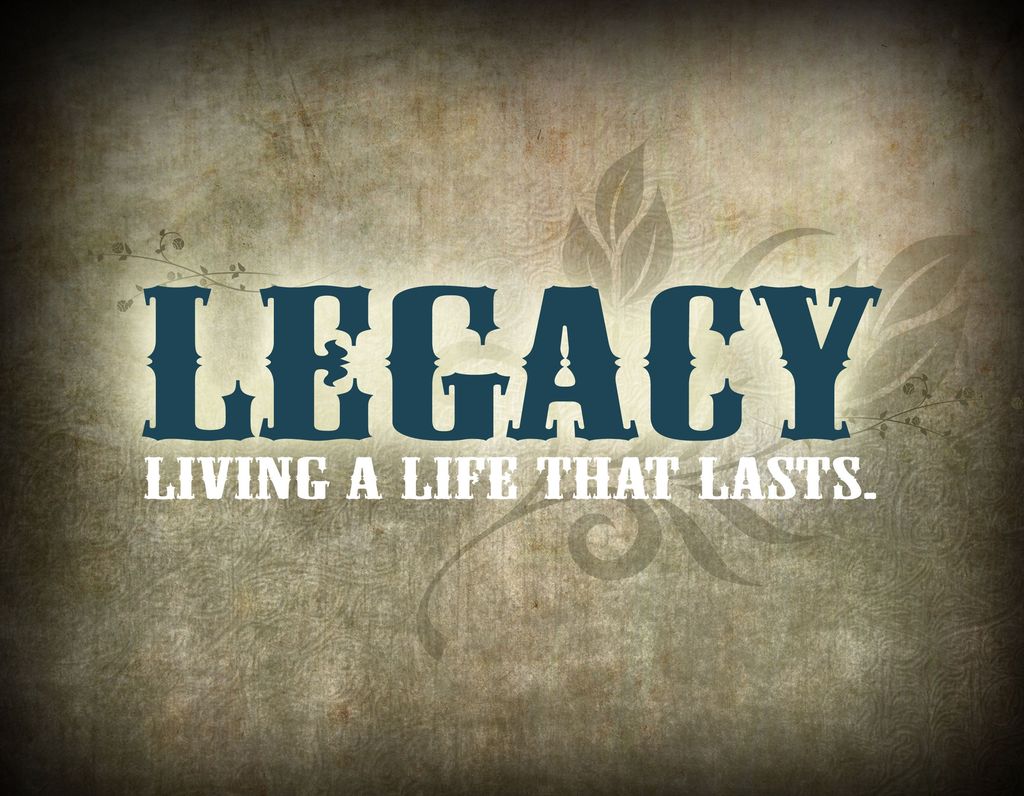
11. The Golden Era’s Enduring Legacy: A Symbol of Unadulterated Prestige
As we reflect on the 1990s, it stands out as an undeniably ‘golden era for the limousine’s reign,’ a pivotal decade where this iconic vehicle reached its zenith as a symbol of power, style, and confidence. Before the inevitable shift towards more discreet forms of luxury transport ‘before the turn of the millennium,’ the limousine was universally understood to be ‘the absolute apex of celebrity,’ representing an ‘ultimate symbol of prestige’ that captivated both its high-profile occupants and the admiring public.
Throughout this illustrious decade, the limousine was profoundly integrated into the very fabric of high-profile lives. It transcended its basic function as transportation, becoming a multifaceted entity: a ‘mobile stage’ for grand entrances, a ‘sanctuary’ for moments of crucial privacy, and a powerful ‘declaration of status’ for everyone from ‘presidents to movie stars, members of royalty to corporate titans.’ Its comprehensive utility made it, for many, an indispensable, primary vehicle for navigating their demanding public and private worlds.
The societal perception of limousines in the 90s was one of unadulterated admiration. These vehicles represented a celebrated form of ‘elegance, luxury, and the ultimate symbol of prestige,’ a standard that few other modes of transport could match. The very act of arriving in a limousine conveyed a message of exclusivity and importance, reinforcing an aspirational lifestyle that resonated deeply with cultural narratives of success and glamour prevalent at the time.
Even as transportation preferences evolved with the new millennium, the image of the 90s limousine endures as a powerful cultural touchstone. It symbolizes a period when overt luxury was not just accepted but celebrated, and when a grand entrance was paramount. The era’s embrace of the limousine as a primary vehicle for its most prominent figures solidified its lasting legacy, reminding us of a time when elegance and visible prestige were inextricably linked to the journey itself.
As our journey through the illustrious 1990s draws to a close, it becomes abundantly clear that the limousine was far more than a mere mode of transportation for the era’s luminaries. It was a rolling testament to ambition, a mobile sanctuary of privacy, and an unmistakable declaration of unparalleled status. From the commanding presence of world leaders to the celebratory grandeur of sports heroes and the discerning comfort of corporate magnates, the stretch limousine truly defined the zenith of celebrity travel before the turn of the millennium.
The enduring image of these magnificent vehicles, gliding through cityscapes with their precious cargo, continues to captivate. They stand as elegant relics of a time when overt luxury was celebrated, when arrival was an event in itself, and when a limousine wasn’t just a choice, but the quintessential statement. Its reign, though eventually challenged by evolving tastes and demands for discretion, left an indelible mark on the cultural tapestry of the 90s, forever cementing its place as the undisputed chariot of the stars.


